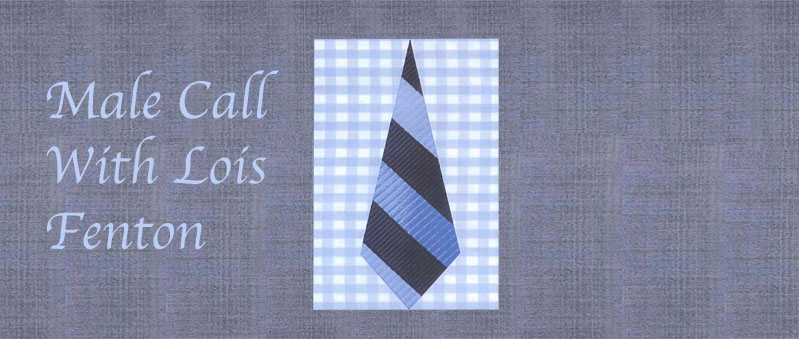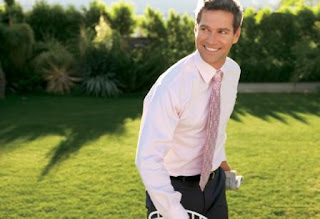Q. My office has become even more casual post-Covid than before, such that I am the only one wearing a tie. I've avoided the change to casual dressing before, but it is clearly the standard now. What would you say is the basic concept I need to get?
A. Well, the formula is not at all as clear-cut as for the typical business three pieces (suit, shirt, and tie), but then that helps explain why you and so many other men have difficulty looking well-pulled together when dressed informally. Too many options.
All those possibilities are confusing. Men often think that if they’re not wearing a business suit, then anything they pick up off the floor can be “casual.” Don’t wear something you might wear shooting baskets. The whole concept of casual does not mean sloppy; it means appropriate, comfortable, and – one hopes – also attractive.
There are different levels of casual dress: smart/business-casual, casual, and ultra-casual.
Careful color coordination is important for business-casual, just as it is for dress attire. The basics to keep in mind are: 1.] two-color dressing, and 2.] repeating colors.
• When you’re not wearing a jacket, begin with the color of the trousers as your base.
• Add a quiet or colorful top – shirt, sweater, vest, whatever – either with one color that’s in the pattern repeating the color of the trousers, or else in a completely different contrasting color.
• Traditional business-casual means “no suit and no tie required.”
Since your personal preference includes wearing a tie and perhaps, on occasion, a blazer or sport jacket, then, that is a good choice for you; it becomes your statement. Many great combinations might begin with a pair of khakis. For example, add a two-color plaid shirt with a handsome khaki-and-blue or khaki-and-pink pattern. (For years I have recommended that men be on the lookout for a plaid shirt that has khaki as one of the colors in the plaid. It will look good with all of your khaki pants.) Adding smart shoes and a belt – both in some shade of dark brown – helps turn this into a coordinated look.
Try wearing a blue blazer over a red-and-blue knit polo shirt with a pair of well-cut blue jeans. Or, with a navy blazer, choose a bold red-and-white striped dress shirt and white jeans. When you are wearing casual clothes, repeating one color in two or more items creates a pulled-together look.
Don’t make the mistake of ignoring your shoes. In casual dressing, they take on added importance. Not only should they be a color that works with your combination, but their style should harmonize with the degree of formality of your mix. Canvas sneakers might well be too informal with a blazer. Casual shoes these days range from decent sneakers, through colorful deck shoes, to burnished brown or black tassel loafers. And be sure to check out the many handsome dress-casual ankle boots on the market; they are a useful new category of leather shoes. Base your choice, in addition to comfort, on the other clothes you are wearing. Consistency is essential to being well-dressed.
Avoid wearing T-shirts with messages, cargo pants, dirty or beat-up sneakers, anything too trendy.
The casual clothes you choose send major messages about you. Perhaps most important is dressing your age or what is considered appropriate casual wear for your generation. Dress like a grown-up. If a man in his 50s dresses too young, in clothes that are too tight or too hip, he is out of his comfort zone. Age-appropriate clothes are not only flattering, but they project your good judgement.




